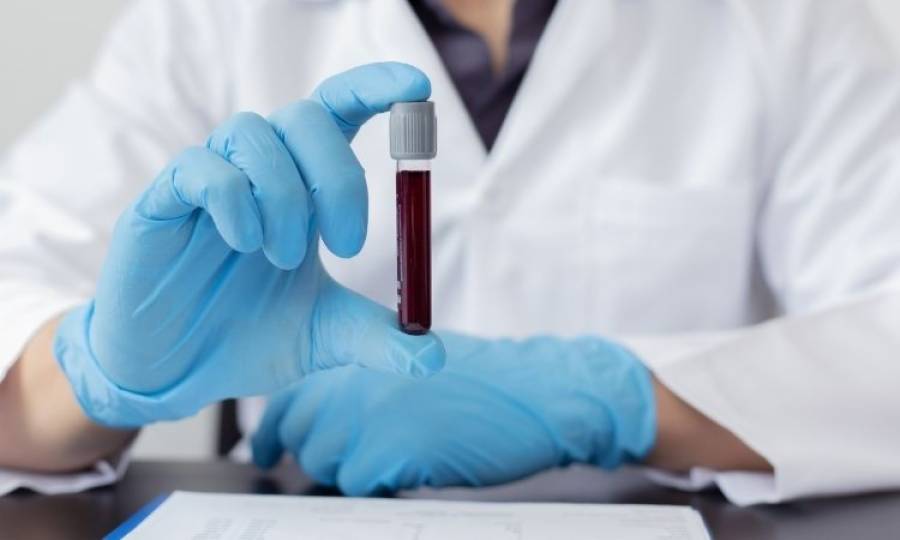Deep Vein Thrombosis: Causes & Cures

Deep vein thrombosis is a blood clot in the body's deep veins, usually in the legs (DVT). Indicators of deep vein thrombosis, such as leg discomfort or swelling, are quite prevalent, yet the problem may often go unrecognized.
Deep Vein Thrombosis
A blood clot in a Deep vein thrombosis may cause blood flow to be partly or wholly obstructed. The calf vein is usually impacted, followed by the thigh vein and other deep veins. In addition to DVT, thromboembolism, post-phlebitis syndrome, and post-thrombotic syndrome are different terms for the condition.
Deep vein thrombosis might put you at risk if you have a medical condition that prevents your blood from clotting properly (DVT).
A blood clot might form in your legs if you don't move for an extended period, such as after surgery, an accident, or while you're on bed rest.
Causes
- Genetic predisposition to blood clots
- Some cancer treatments (chemotherapy)
- Blood flow to a deep vein may be restricted due to injury, surgery, or immobilization.
- Being a person who is over 40 (although a DVT may afflict persons of any age)
- Being obese
- Taking contraceptives or hormone treatment to avoid pregnancy
- Having a pacemaker or central venous catheter
Treatments
Hospitalization may be necessary for patients with deep vein thrombosis (DVT). Others may be able to benefit from outpatient therapy programs.
Elevation of the lower limbs and compression stockings are two of the most often used treatments. More extensive investigations and treatment options may be necessary when a blood clot is more serious. The primary goals of treatment are:
- Stop the clot's development
- Keeping your veins open is essential to prevent the dislodged blood clot from reaching your lung.
- Reduce your chance of a blood clot in the future.
- Prevent long-term health problems due to blood clots (chronic venous insufficiency).
Conclusion
A deep vein thrombosis, or DVT, is a life-threatening condition caused by a blood clot in the vein. There is nothing more to a blood clot than a collection of blood that has hardened.
Other regions of your body, such as the calf or lower leg, might also be affected by this condition. Breaking away from your veins and travelling through your circulation, blood clots might end up trapped in one of your lungs. What you're experiencing is called a pulmonary embolism. One of the most life-threatening complications of an embolism in the pulmonary artery is the need for prompt treatment.
Trending
Popular
Sindh pledges vigorous action to prevent poliovirus transmission
-
PMA stresses health equity on World ...
04:08 PM, 9 Apr, 2024 -
Dow University’s new rabies vaccine ...
12:18 PM, 28 Mar, 2024 -
IRD role lauded in advancing ...
02:53 PM, 12 Mar, 2024 -
Over one billion people worldwide ...
09:48 AM, 5 Mar, 2024




